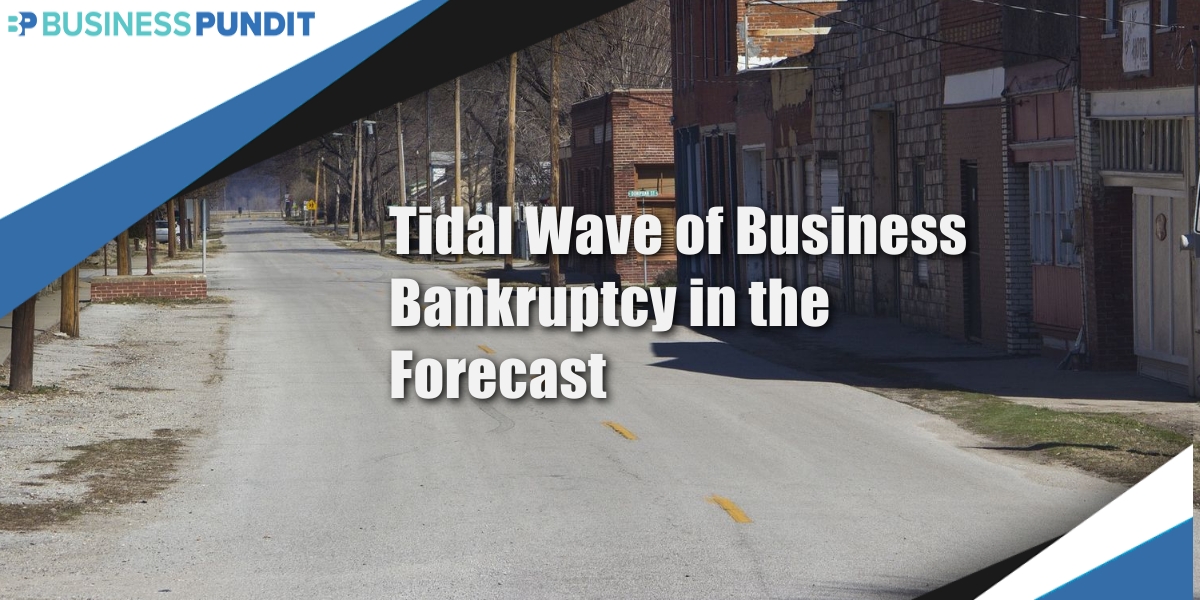
Compared to last year’s business bankruptcy numbers this year’s bankruptcy filings are only up slightly so far. However, experts warn that in the wake of the coronavirus pandemic, the worst we’ve ever seen is yet to come.
“I think we will see bankruptcy activity on a scale that has not been seen in anybody’s business lifetime,” James Hammond, CEO of New Generation Research, Inc.
Businesses can file for Chapter 11 or Chapter 7 bankruptcy relief.
With Chapter 11 bankruptcy, businesses are sheltered from their creditors while they reorganize the company, then resume business with a plan.
If a business files Chapter 7 bankruptcy, the business is closed and assets are liquidated to pay creditors and satisfy as much of the debt as possible.
As small businesses struggle to remain afloat during quarantine and mandatory closures there has been some government help in the way of small business loans provided by the CARES Act and successive legislature designed to prevent millions of small businesses from going under before this is over.
Over 20 million Americans are currently unemployed. The futures of the families and individuals affected by layoffs hinge, in great part, on the places they work reopening. And these businesses may not reopen if they are forced into Chapter 7 bankruptcy. Historically, when unemployment is high many businesses also file for bankruptcy.
In these desperate times, business owners are exhausting cash reserves and lines of credit to keep from folding under this immense pressure. However, this funding will fall short for many businesses and when it does, we can expect a flood of business bankruptcy filings.
Social distancing measures are only making things more difficult for those businesses who need to file bankruptcy. In order to liquidate assets, there must be customers to purchase the goods or equipment and at the moment there’s nobody standing in line to buy anything, save for toilet paper or food.